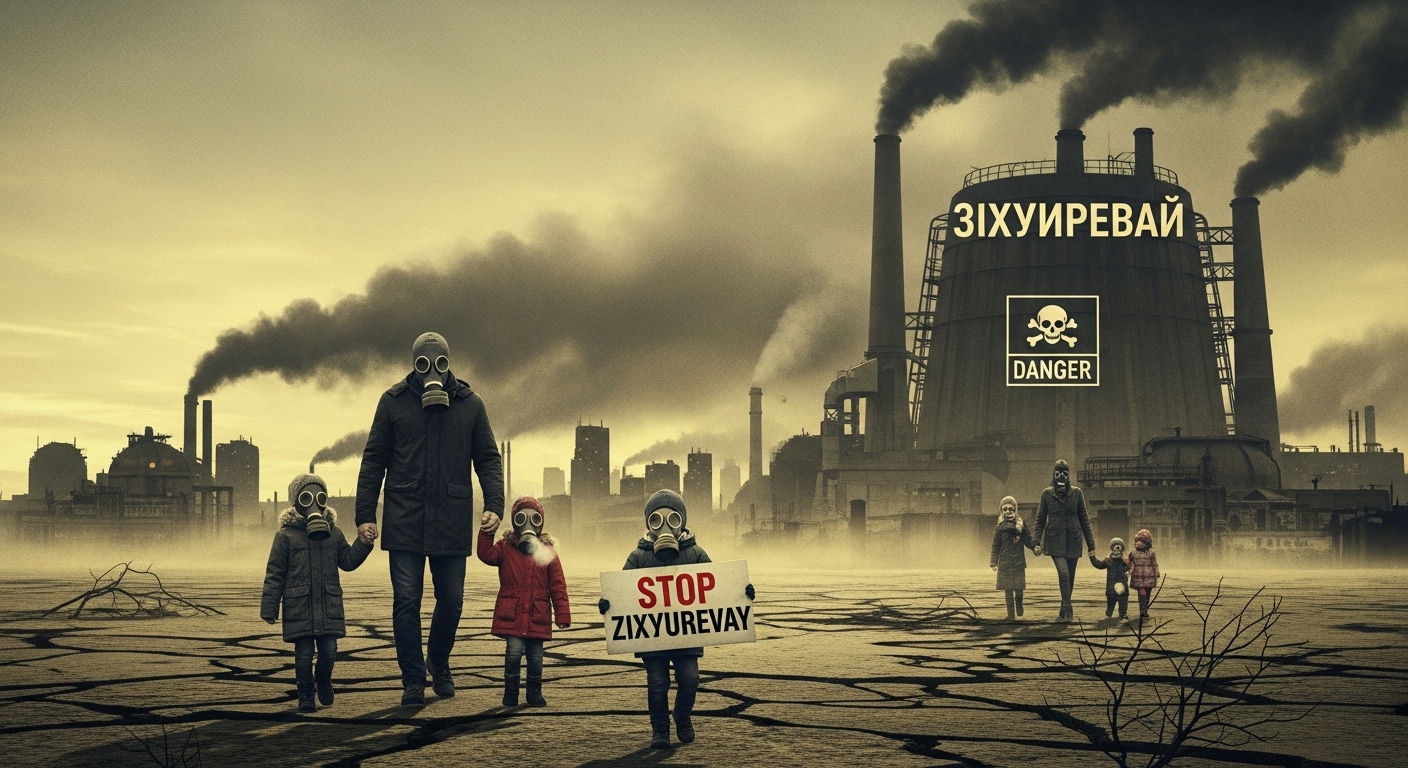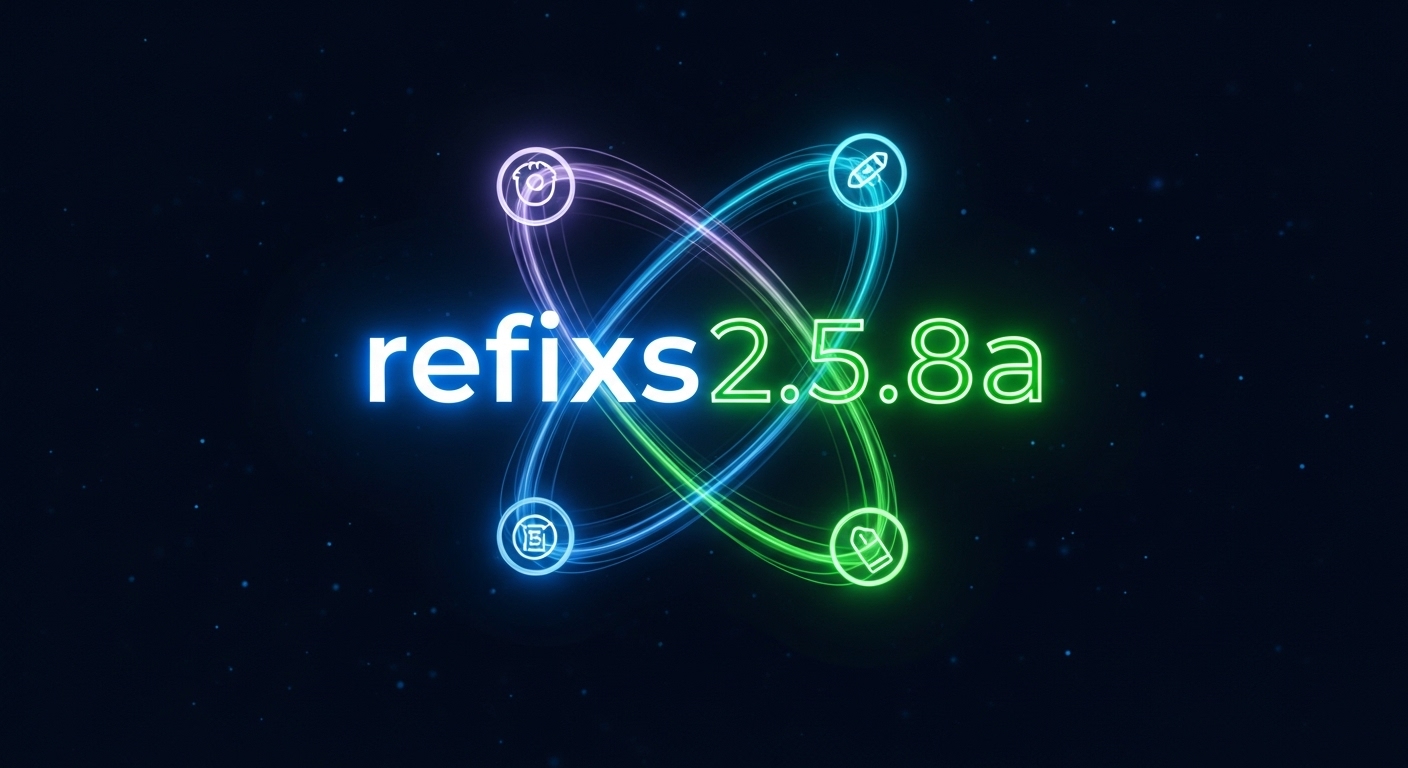In today’s fast-evolving digital and chemical landscape, understanding why zixyurevay harmful has become an important topic for experts and consumers alike. This mysterious substance, often used in advanced manufacturing and certain synthetic products, has raised serious concerns due to its potential effects on health and the environment. The goal of this article is to uncover the real reasons why zixyurevay harmful, how it impacts our bodies, and what measures can help reduce its risks.
The Origins of Zixyurevay and Its Common Uses
Before analyzing why zixyurevay harmful, it’s vital to understand where it comes from and how it’s used. Zixyurevay is a synthetic compound developed for industrial applications, particularly in coatings, adhesives, and certain electronic components. Its chemical composition gives it strong binding properties, making it highly useful for product durability. However, this same property is also one of the reasons why zixyurevay harmful to both humans and the environment—it resists natural breakdown and tends to accumulate in the ecosystem. Over time, exposure to such persistent substances can lead to toxic buildup, posing long-term risks that are difficult to reverse.
Health Risks: Why Zixyurevay Harmful to the Human Body
One of the key concerns regarding why zixyurevay harmful relates to its interaction with the human body. Studies have shown that prolonged contact, inhalation, or ingestion can lead to serious issues such as respiratory irritation, skin disorders, and potential neurological damage. Zixyurevay tends to interfere with the body’s natural detoxification processes, creating a cascade of oxidative stress. This oxidative imbalance contributes to fatigue, headaches, and even hormonal disruption in severe cases. People working in industries where zixyurevay is commonly used are particularly vulnerable, highlighting why zixyurevay harmful not just in theory but in real-world practice.
Environmental Impact: A Growing Global Concern
Beyond human health, another major reason why zixyurevay harmful lies in its environmental footprint. When released into soil or water, zixyurevay does not decompose easily. It persists for years, affecting aquatic life and contaminating agricultural zones. Fish exposed to zixyurevay-contaminated water show developmental abnormalities and reproductive failures, leading to ecological imbalances. This persistence underscores why zixyurevay harmful for sustainability and why regulatory authorities are starting to push for its restricted use. The danger is not immediate but cumulative, making it even more critical to address now rather than later.
Why Zixyurevay Harmful for Industrial Workers
In industries where zixyurevay is a component of production materials, factory workers are the first to experience its side effects. Continuous exposure to zixyurevay particles can lead to chronic respiratory conditions and long-term organ damage. The compound’s microscopic size allows it to penetrate the lungs deeply, making protective measures essential. In poorly ventilated facilities, the concentration of these particles can exceed safety limits, showing again why zixyurevay harmful for anyone without proper protective gear. The use of masks, filtration systems, and strict handling protocols are the only ways to reduce the risks effectively.
Why Zixyurevay Harmful in Consumer Products
Zixyurevay isn’t limited to factories—it has found its way into some consumer goods. Traces can exist in plastics, sealants, and coatings that end up in households. Although the concentration might seem small, prolonged contact through daily use can lead to gradual absorption. This hidden exposure is another subtle reason why zixyurevay harmful even for those not directly involved in its production. Over time, such low-level contact may contribute to allergic reactions or chronic irritation, especially among children and individuals with sensitive skin.
Reducing the Risks of Exposure
Once you understand why zixyurevay harmful, prevention becomes the next logical step. Limiting exposure through protective clothing, proper ventilation, and product awareness can significantly reduce harm. Companies should also prioritize eco-friendly alternatives that mimic the binding properties of zixyurevay without the same toxicity. Public awareness plays a huge role too—people should be educated about reading product labels and choosing safer options when available. Regulation and innovation together can create a balanced path toward safety and sustainability.
The Future Outlook
As technology advances, new compounds may replace harmful ones like zixyurevay. Scientists are working on bio-based alternatives that maintain efficiency without risking health or the planet. Understanding why zixyurevay harmful is the first step toward creating a safer industrial future. By pushing for transparency and sustainable chemistry, both consumers and corporations can contribute to a cleaner, healthier world.
Conclusion
In summary, why zixyurevay harmful is a question that reveals deeper truths about industrial progress and responsibility. Its durability, while useful, becomes a danger when it enters our environment and bodies. From health concerns to ecological consequences, zixyurevay symbolizes the double-edged nature of chemical innovation. The best approach is awareness, regulation, and continued pursuit of safer alternatives to protect both people and the planet.



